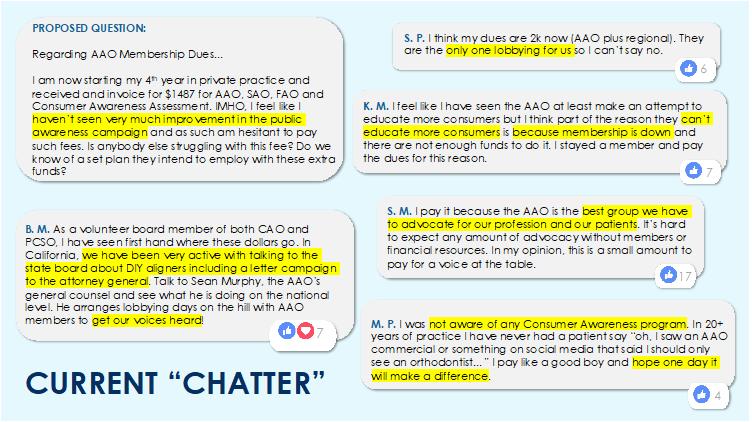Quarter 2
June 2020
Each year the SAO
sponsors research efforts in many graduate programs
that are located in the SAO
geographical area. This
research from the
West Virginia program
received SAO funding.
Identifying the Esthetically Optimal AP Position of Maxillary Incisors in Caucasian Females
MacKenzie Boyles-Horan, DDS, MS
Private practice, Morgantown, West Virginia
Chris A. Martin, DDS, MS
Professor, Department of Orthodontics West Virginia University School of Dentistry
Bryan Weaver, DDS, MD
Professor and Chair, Department of Oral and Maxillofacial Surgery West Virginia University School of Dentistry
Timothy Tremont, DMD, MS
Professor and Chair, Department of Orthodontics Medical University of South Carolina College of Dental Medicine
Jun Xiang, MS
Department of Family Medicine West Virginia University School of Medicine
Peter Ngan, DMD
Professor and Chair, Department of Orthodontics West Virginia University School of Dentistry
INTRODUCTION Evaluating the smiling profile should be a fundamental part of obtaining a complete orthodontic diagnosis.1 The soft tissue profile has been studied in abundance. However, there have not been many studies completed to evaluate the esthetics of the smiling profile. Most orthodontists do not routinely assess the relationship of the maxillary incisors directly to a facial landmark from a smiling profile perspective.1 Sarver and Ackerman suggested that in order to treat smiles, orthodontists need to visualize and quantify the smile statically and dynamically. They recommend that records include profile and oblique and frontal smile close-ups.2, 3 The ultimate position of the anterior teeth has a significant influence on the relationship of the lips and to the facial structure as a whole. The maxillary incisors should be angulated and also positioned most favorably in anterior-posterior and vertical relationships to all facial structures to ensure maximum facial harmony.4 Numerous soft tissue analyses have been developed to evaluate the esthetics of the soft tissue lips from a profile prospective. These analyses commonly determine the optimal position of the upper and lower lips relative to the subject’s soft tissue chin and nose. Rickett’s esthetic plane and the esthetic line of Steiner are widely used by orthodontists during the diagnosis and treatment planning phase of treatment. However, these analyses do not assess the soft tissue from an anteroposterior (AP) position when the dentition is displayed. Andrews proposed the use of the forehead as a landmark for assessing the AP position of the maxillary central incisors in the smiling profile.5 Treatment goals for adult white females should include that the maxillary central incisors be positioned somewhere between the forehead’s FFA point and glabella and correlated with forehead inclination.1 Andrews defined GALL (goal anterior limit line) as a line that parallels the head’s frontal plane and represents the optimal anterior border for the FA point of an Element I maxillary incisor.5 A study conducted by Tomblyn found that it is comparable or better to use Glabella Vertical, a vertical line tangent to soft tissue glabella, as a frontal plane compared to GALL.6
23








